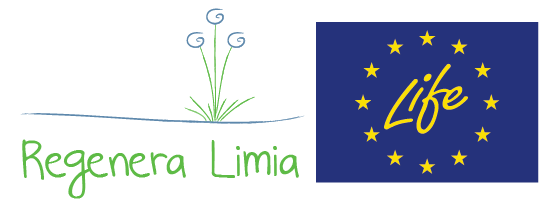Expected results
[cmsms_row data_width=”boxed” data_color=”default” data_padding_top=”50″ data_padding_bottom=”50″][cmsms_column data_width=”1/1″][cmsms_text animation_delay=”0″]
- 1 Map of lands and nutrient retention capacity of the agricultural soil in the region.
- 1 Integrated Control System for the Management of Fertilizers and Manure on Agricultural Soils as an online tool for managing fertilizers.
- 10 user parcels through the Integrated Control System for the Management of Fertilizers and Manure on Agricultural Soils pilot.
- 30% average reduction on the use of fertilizers and manures for each potato, cereal and horticultural plot.
- 50% average reduction on the use of manure for each pasture and grassland plot (liquid animal manure).
- 40% average reduction of greenhouse gases thanks to a lower application of manure, liquid manure and mineral nitrogen fertilizers to the soil.
- 1 artificial lagoon system as a prototype for the treatment of wastewater from pig manure through microphyte intensive artificial wetlands
- Treatment of 53m3 of liquid manure per day through the artificial wetland, which is the residue generated by a total of 1,090 pigs in closed cycle.
- An estimated 5 ha surface restored and environmentally recovered as floodplains of the old riverbed in the “Veiga Ponteliñares” SCI.
- Estimated reduction of the mean concentration of the pollution parameters in the leaving water of the zone in Veiga Ponteliñares SCI in relation to the input values: 15% nitrate, 15% ammonium, 15% overall phosphorus and 30% in BOD5.
- Recovery and integration in the hydrological cycle of the Laguna de Antela channel of 1 old sand pond, with an estimated area of 5 – 10 ha.
- Estimated reduction of the mean concentration of pollution parameters in the leaving water of the sand pond in relation to the input values: 30% nitrate, 30% ammonium, 15% overall phosphorus and 30% in BOD5.
- 1 Combined system for monitoring the presence of nutrients: on the soil of agricultural plots, of physicochemical parameters of water quality and of biological indicators and GHGs.
- 690 participants in the awareness and training workshops about the impact of agricultural and husbandry activity in the water and regarding the handling of fertilizers and agricultural waste in the area.
- 300 participants in project dissemination seminars and 300 ranchers, farmers and other professionals of the sector who have been informed of the actions through contacts, information sessions and meetings.
[/cmsms_text][cmsms_stats mode=”counters” type=”numbers” count=”4″ animation_delay=”0″][cmsms_stat progress=”30″ custom_colors=”true” bg_color=”#50b5d0″ value=”30″ value_suffix=”%” icon=”cmsms-icon-arrows-cw”]less fertilizers[/cmsms_stat][cmsms_stat progress=”50″ custom_colors=”true” bg_color=”#59ae76″ value=”50″ value_suffix=”%” icon=”cmsms-icon-spinner2 animate-spin”]less manure[/cmsms_stat][cmsms_stat progress=”0″ custom_colors=”true” bg_color=”#50b5d0″ value=”690″ icon=”cmsms-icon-users”]participants in awareness and training sessions[/cmsms_stat][cmsms_stat progress=”40″ custom_colors=”true” bg_color=”#59ae76″ value=”40″ value_suffix=”%” icon=”cmsms-icon-thumbs-up”]less greenhouse gases[/cmsms_stat][/cmsms_stats][/cmsms_column][/cmsms_row]
